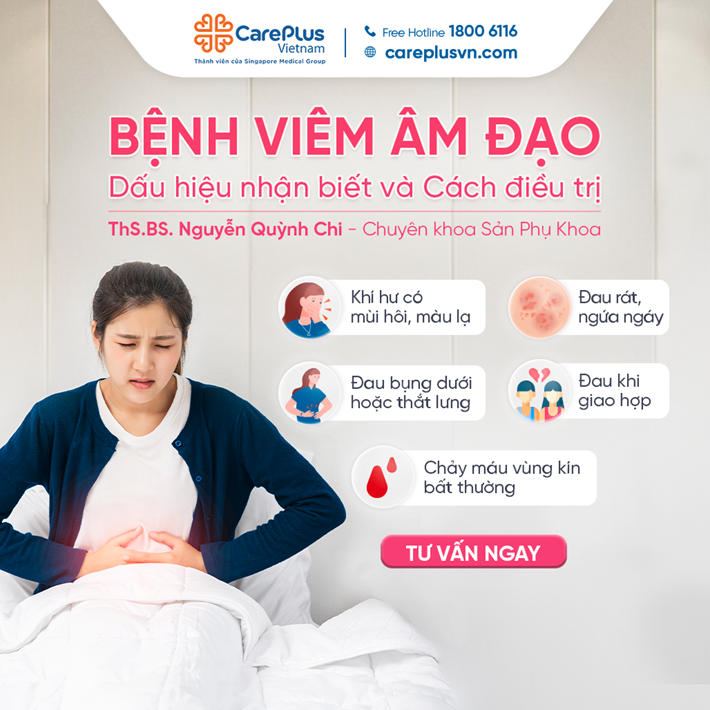WHAT IS VAGINITIS? SYMPTOMS AND PROPER TREATMENT
Vaginitis is a common gynecological condition, especially in women who are married or sexually active. Due to its moist and enclosed environment, the vaginal area is prone to bacterial, fungal, and other pathogenic infections. Without proper treatment, vaginitis can lead to severe consequences such as chronic inflammation, infertility, cervical inflammation, or even malignant conditions.

1/2/2025 9:40:20 AM
Signs to Watch For
- Abnormal vaginal discharge: Unpleasant smell, itching, or clumpy appearance.
- Pain and discomfort: Intense external itching, burning sensation during intercourse, or pelvic pain.
How to Treat Vaginitis
- Treatment is mostly medication-based. In some cases, additional tests like HPV and Pap smears are required. If these tests yield abnormal results or the cervical examination raises concerns, doctors may recommend a colposcopy. For certain cases, cervical canal curettage or biopsy may be necessary to rule out malignancies.
- If you suspect vaginitis, consult your doctor for an examination. This includes checking the characteristics of vaginal discharge to identify the causing pathogen. Based on these findings, the doctor will prescribe suitable medication.
- Caution: Avoid self-medicating as it may lead to antibiotic resistance or imbalance in vaginal flora, causing recurrence and complicating treatment. Untreated infections can lead to pelvic abscesses, chronic pelvic inflammation, adhesions, blockages, and even affect reproductive functions in the future.
How to Prevent Vaginal Infections
To prevent gynecological conditions, including vaginitis, it's essential to maintain good hygiene of the intimate area. Additionally:
- Adopt a healthy diet.
- Practice regular exercise.
- Manage stress for improved immunity against illnesses.
Most importantly, schedule regular gynecological check-ups:
-
Women under 40: Once a year.
-
Women over 40 or nearing menopause: Every 6 months.
If abnormalities such as uterine fibroids or endometriosis are detected during previous check-ups and require monitoring, consult your doctor for follow-up visits every 3-6 months.
📞 For appointments or more details about our all-inclusive gynecological packages, contact our Free Hotline: 18006116.